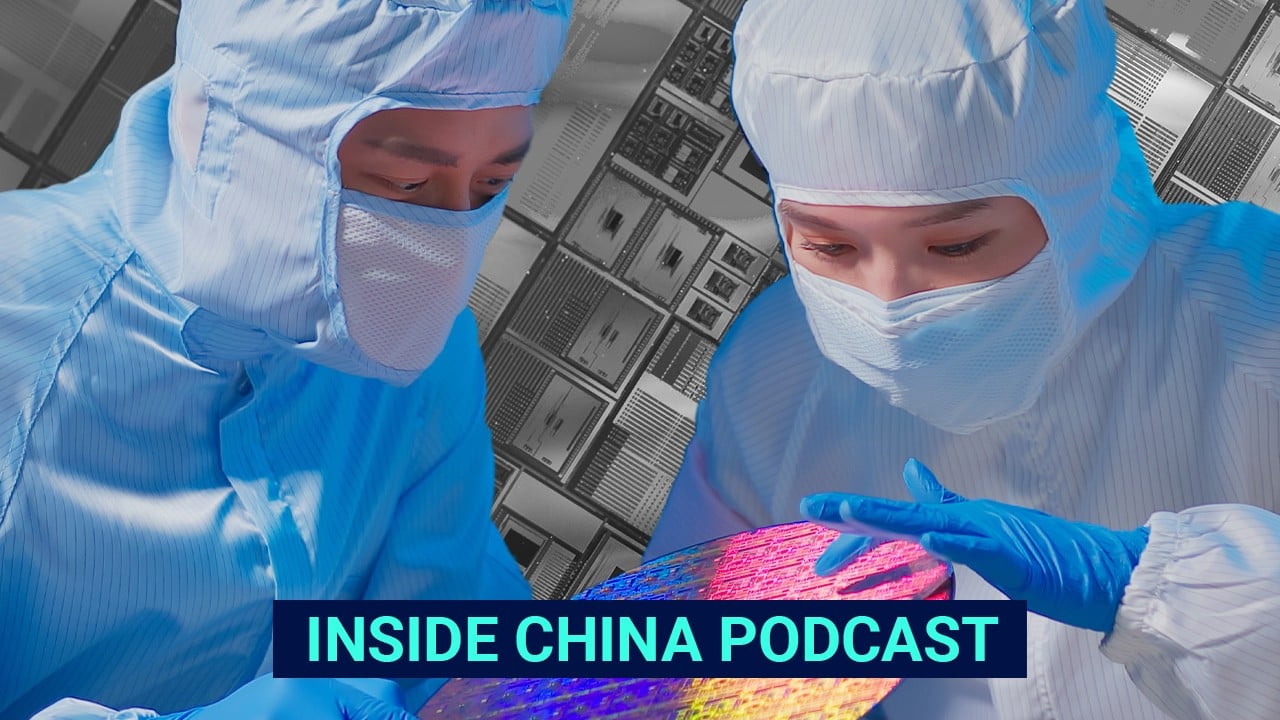
Huawei’s flagship Pura 70 smartphone has highest ratio yet of China-made components as firm seeks tech self-sufficiency
- An analysis from TechInsights has found 33 China-sourced components in the standard Pura 70 handset, compared with five sourced from overseas
- Huawei’s success in having components produced locally suggests that recent restrictions from the US on Qualcomm and Intel are unlikely to have much impact
The Pura 70, 70 Pro, 70 Pro Plus and top-of-the-line 70 Ultra have packed in a record number of locally sourced semiconductors, a sign that the Shenzhen-based tech giant is close to breaking free of the escalating US sanctions that hobbled its smartphone business five years ago. The vast majority of the electronics in the handsets were sourced in China, according to an analysis from TechInsights, a semiconductor and electronic components research company.
“We don’t think revoking the chipset export licence will significantly impact Huawei’s smartphone business this year,” said Linda Sui, a senior smartphone analyst with TechInsights.

The Pura 70 Ultra appears to only use memory from Yangtze Memory Technologies Corporation (YMTC), China’s top NAND memory maker, which is also under US sanctions. By comparison, the Huawei Mate 60 Pro, which launched last year to intense interest because of its China-made 7-nanometre processor, used SK Hynix NAND chips, according to TechInsights.
However, the ratio of components procured within China was higher in the standard Pura 70 than the Pro Plus model, said Stacy Wegner, a senior analyst at TechInsights.
On the Pura 70 Pro Plus, which has the most populated main board, 22 components were sourced from Chinese manufacturers, with three from non-Chinese suppliers, TechInsights data showed. Another 52 other components are still under investigation.
The Pura 70 is expected to be a key competitor in China for Apple’s iPhone 15 and upcoming 16 series in the fall, in addition to Samsung’s Galaxy S24 series, said Sui, adding that shipments for the new Pura phones could exceed 10.4 million units this year.
Under US sanctions over national security concerns, Chinese logic and memory foundries have rallied behind Huawei as they look to weather intensified scrutiny from Washington.
Wuhan-based YMTC has continued to expand its market share despite US sanctions. TechInsights identified the 512-gigabit NAND die embedded in Pura 70 Ultra as YMTC’s 128-Layer 3D NAND, while the 1-terabit NAND die is the company’s 232-Layer 3D NAND, YMTC’s most advanced NAND memory.
Huawei is expected to ship more than 50 million handsets in China this year, putting it back in the top spot with a 19 per cent market share, up from 12 per cent in 2023, according to TechInsights. Huawei’s resilience in China could help it rise to become the No 8 smartphone vendor globally, making up 5 per cent of shipments.
Outside China, where Huawei’s smartphone fortunes are less certain, the Pura 70 phones will start shipping in Southeast Asia, Africa, the Middle East, Latin America and Europe later this month. The global models, however, will be 4G only, TechInsights said.


